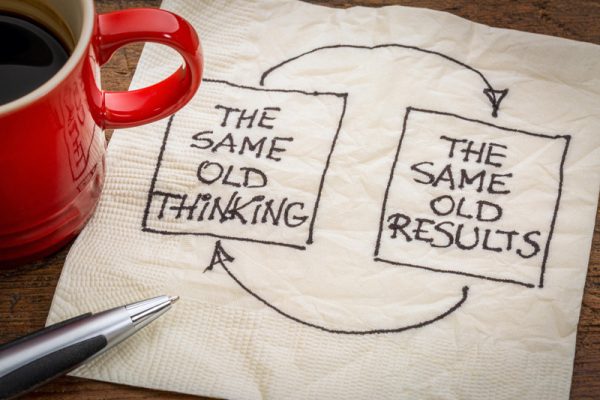Feedback Loops
How can I make sure to mitigate mistakes in the fuzzy front end and throughout the development process?
By collecting systematic feedback in each of the steps in the innovation process – from ideation, selection, development to commercialization – it is possible to collect relevant input and reactions early. These inputs and reactions provide information that allows mitigation of expensive mistakes later in the process, as well as finding new ways of solving problems.
How?
The corner stones of feedback loops is that you identify the when, who, where and what of your innovation process. This is often tricky as it might impact who needs to get involved in the work. It has more the characteristics of designing a stakeholder map than just studying behavior and data. One example is that in the development phase it might be necessary to identify customers that are less representative of your standard business. Why? Because your traditional customers might require extensive NDAs and exclusivity rights to results, commercially blocking you from exploiting innovation. In cases where you want to co-create and scale up the innovations this kind of situation will be a killer.

Result
- Identification of new customers for co-creation
- improved organizational design and decision making
- Valuable real feedback early on in the process
- External ideation generation
- Niched, lead innovation concepts that can be applied for adjacent areas
- Radical innovation projects that have been through an appropriate, innovation encouraging process to evaluate its feasibility and impact.
- Risk mitigated projects fed into Stage-gate or other innovation process

